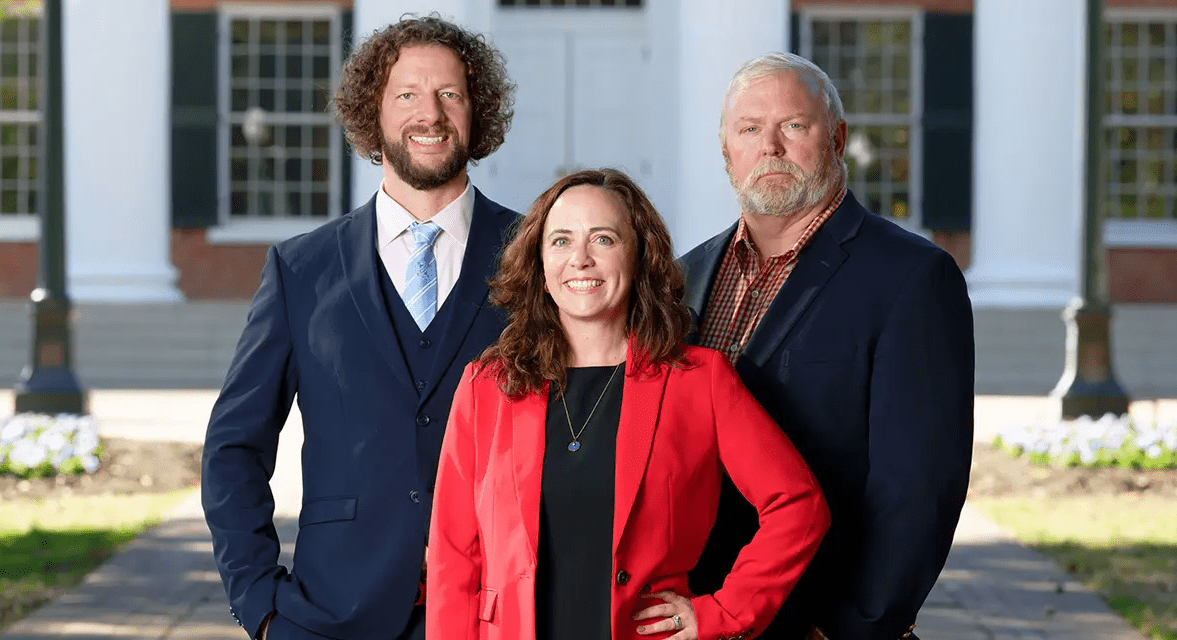If you have ever taken a course on logic, philosophy, or reasoning then you have probably heard the quip “correlation does not equal causation.” The idea says that just because two issues happen to coincide with each other it doesn’t mean they are directly related. The outcome isn’t solely dependent on their relationship; other confounding factors must be accounted for when determining the outcome’s cause. Thinking otherwise would be a logical fallacy.
Politically, perhaps the best example of this logic can be seen when speaking of educational success and money.
Each year legislative budget writers listen to funding pitches from state agencies, just as they did this past week, and each year the price tag requested for public education climbs while measured achievement remains plateaued.
Passionate pleas ring out for more money while blaming the underfunding of the Mississippi Adequate Education Program for the state’s educational woes. Somehow education leaders and activists continue to believe throwing more money at Mississippi’s broken education system will result in success, as if the two are exclusively dependent, yet that same song and dance hasn’t and will not produce higher achievement until the confounding factors or variables are addressed.
Take the Pascagoula School District (PSD) for example. The PSD houses approximately 6,900 students in 10 elementary schools (PreK-4), 4 middle schools (5-8), 2 high schools (9-12), and other specialty school campuses that serve the cities of Pascagoula and Gautier. The PSD has a budget upwards of $78 million and employs over 1100 teachers, administrators, instructional and other support personnel.
According to the Fiscal Year 2014 tax levy request, the total assessed value of all property, real and personal, in the PSD is $921,731,546, a number that would make a vast majority of districts in Mississippi faint if they had access to such dollars. As a matter of fact, neighboring districts tried to play Robin Hood claiming the dollars generated from the district’s largest taxpayer (Chevron) should be shared within the county but a Supreme Court action turned them back and reaffirmed Pascagoula’s right to collect its rightful funds within its boundaries.
In recent years, the PSD has opened a family interactive learning center, started a pilot Pre-K program, invested $10 million in athletic facility upgrades, performed renovation projects at every school in the district, and plans to invest in providing wireless Internet access across the district all while paying off its debt, lowering taxes and giving teachers a pay raise. Not surprisingly most in the district have a positive perception of the PSD.
Sounds great, doesn’t it?
But does the wealth translate into educational excellence? Not quite.
According to the 2013 School Accountability Ratings the PSD is rated a B, the same as the previous year. Only one school in the district received an A and only two others moved up a letter grade year over year. All other schools retained the prior year’s ratings except one which moved down a letter grade. B’s and C’s litter the PSD rating list.
Using the logic of most public education backers the Pascagoula School District should be at the top of every list in the state simply based on its wealth. But the correlation between money and educational achievement isn’t adding up.
House Appropriations Committee Chairman Herb Frierson alluded to this very concept this week as he spoke of the improved performance in the Hollandale and Benton County school districts, both well below Pascagoula’s budgetary threshold.
“It begs the question: leadership or money?” Frierson said. “Because that’s not supposed to happen in Hollandale or Benton county, if you look at the socio-economic status, without full funding of MAEP.”
So what are the confounding factors or variables that are holding school districts like Pascagoula back?
The wealth of the PSD tax base is found almost solely in local industry, not individual citizens or even bustling small businesses, meaning the district has a higher poverty rate than many would expect. Upwards of 70% qualify for free or reduced lunch. Add in that a growing number of those who have more are turning to enrolling their children in private schools and the overall trend is alarming if you are a community or school planner. A similar scenario is repeated across the state.
Demographics have also shifted in recent years with minorities now being the majority. This is not to say that minorities are dragging down scores or to tie minorities to underachievement. It is merely a statement of fact. When such a shift occurs, however, a shift in connecting with families must also take place. Ethnic groups respond differently to educational curriculums, bringing varied life experiences to the classroom causing a gap in communication and expectations. It is evident in the scores.
Also along these lines, the Hispanic population has jumped significantly in the PSD resulting in an increase in English as a second language learners. The PSD has always served a transient community but the influx of diversity has brought many challenges educationally and it is also reflected in the scores.
And while parental involvement and teacher outreach appears high overall within the PSD something just isn’t clicking despite the after school reading and math tutoring sessions and numerous other outside the classroom efforts, such as Super Saturdays for families and Reading Fairs. The money isn’t driving success.
We know that education begins in the home, but with the decline in the family mothers and fathers are not teaching little Tommy and little Suzy common sense, much less reinforcing book sense. As harsh as it sounds, could it be that we have a generation of dumbed down adults that are now parents who either can’t or won’t fully engage in their child’s life and education? Are parents more self focused today leaving children to fend for themselves, content if they just get by?
Or is it that the one size fits all curriculum employed by the local school districts and mandated by the state so as to qualify for state and federal funds isn’t connecting with students? Is practical application and longterm comprehension secondary to teaching to a test? Are we too focused on college prep for all while missing the reality that not every child will go to college?
The lack of emphasis on workforce development and practical lessons for living are leaving many unprepared for the workforce upon graduation unlike in years past. Book smarts are great but if you can’t put them to work for yourself then you have been snookered by the system. Do we vilify labor and glorify degrees, not recognizing the unique greatness in both?
And what’s wrong with competition in education? Why do we continue to accept mediocrity’s negative impact on our best and brightest, allowing the system and those supported by it to mandate leveled achievement? It’s been said competition is a rude but effective motivation; our students could use a healthy dose of competition in their educational lives.
Mississippi must address such harsh realities instead of passing the buck to the next generation. Money isn’t the answer; it doesn’t directly equate to educational success. We must rethink the confounding variables affecting students and their families and have an open dialogue even if it’s messy and uncomfortable.
Education in Mississippi has been a money pit; it’s time for leadership.






